How to Remove Rust from Tools

Last updated September 7, 2023
Quality tools are made to be durable and last a long time. However, when water comes into contact with your metal tools, they can eventually rust. Rust can greatly affect how well your tools work. If you don’t take care of the rust, it can lead to lasting damage.
Removing rust from your tools is a project you can usually do yourself. Read on to understand more about rust and how to remove it. Plus, get ideas on household supplies you can use, as well as specialty products.
Difficulty:
Beginner
Duration:
Under 2 hours
Table of Contents
How Does Rust Form?
How to Remove Rust
Sanding
Vinegar and Salt
Baking Soda
Oxalic Acid
How Does Rust Form?
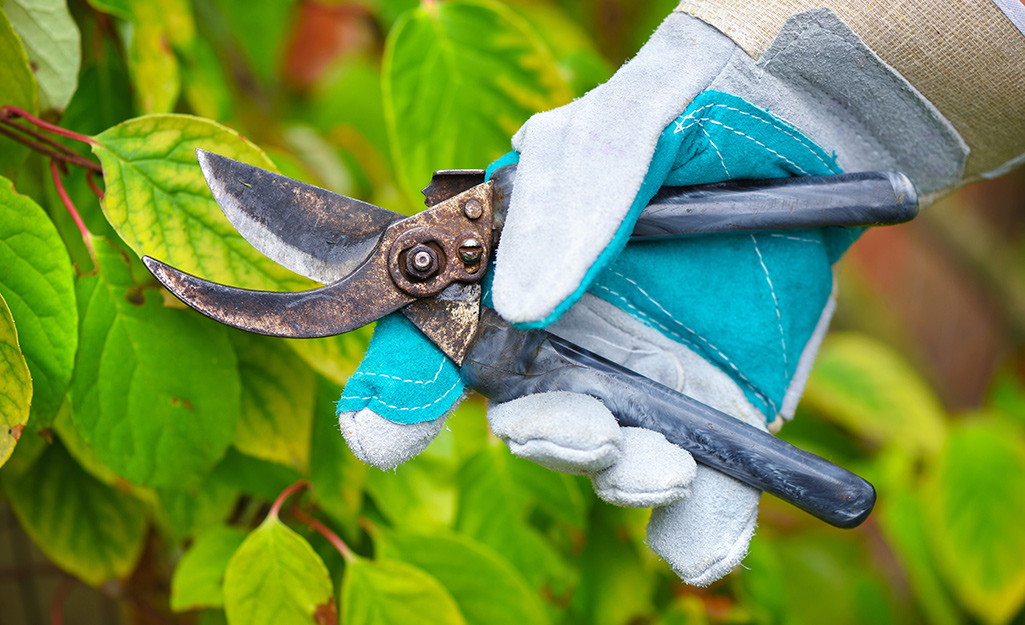
Rust forms due to a chemical reaction between water, oxygen and iron or steel. The water and oxygen bond with the metal, causing oxidation that results in rust. Continued exposure to humidity or water vapor can be enough to cause rust. Other metals and stainless steel do not rust, but they can corrode.
How to Remove Rust
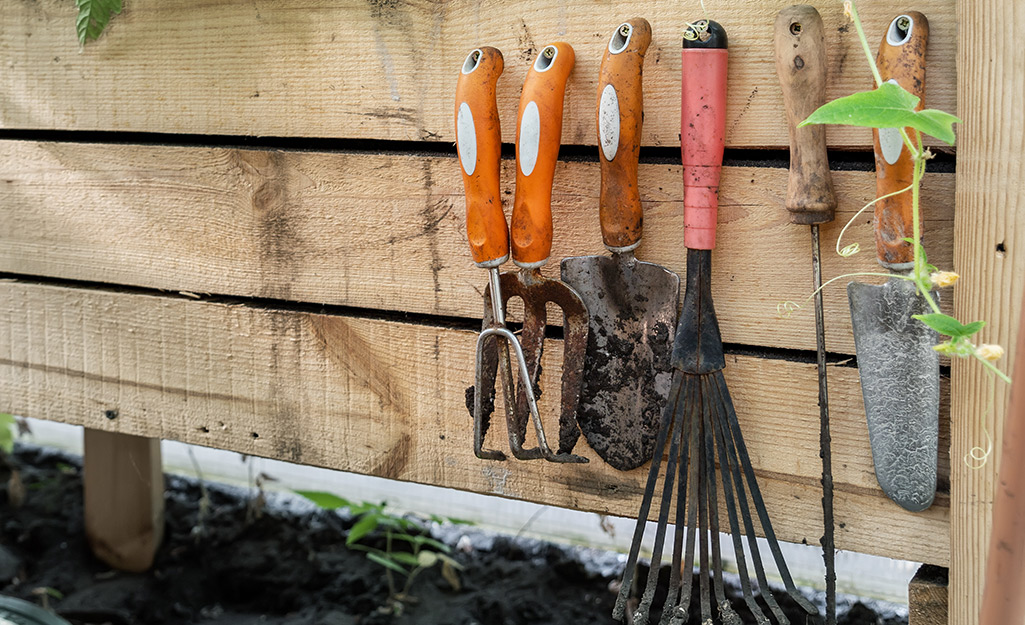
Just because there's rust on your tools doesn't mean you have to discard them. When you know how to remove rust from metal tools, you can extend their lifespan. As long as there aren’t holes in the metal, you can reduce rust on the surface of your tools. There are several methods you can try.
Sanding
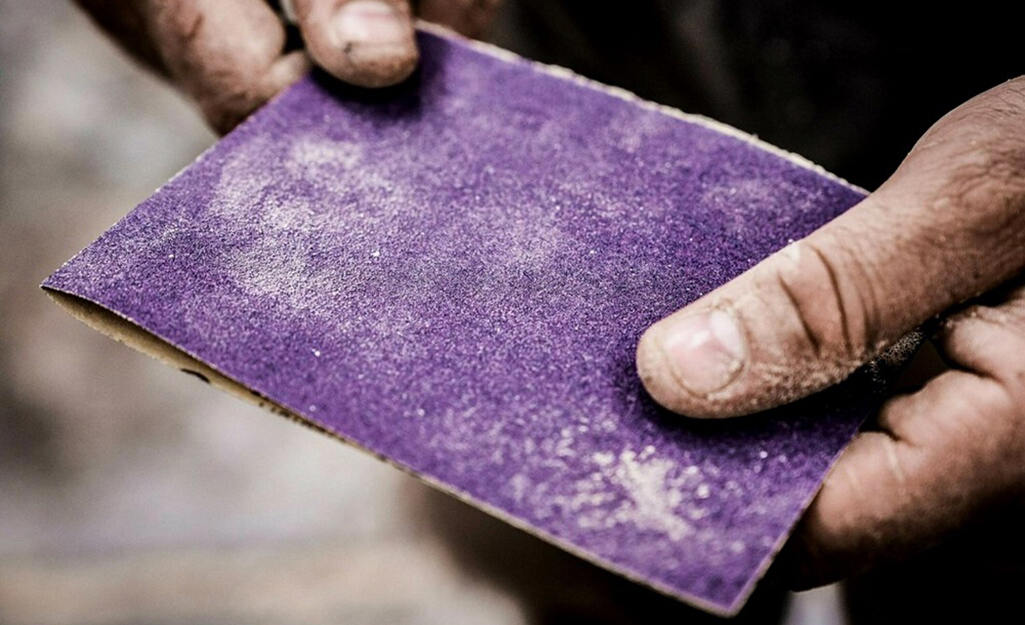
The sanding method is a good starting point for removing rust from tools. It does require a bit of work, but this method gets off a good bit of rust.
- Use a degreaser, if needed, to clean your tool. Wipe away any dirt or debris with a tack cloth. Let the tool dry.
- With steel wool or a stiff wire brush, clean the areas most corroded by rust first. Get as much of the rust off as you can.
- Next, use a coarse grit sandpaper to continue to remove any thick patches of rust.
- If there are any fine layers of rust left, switch to a finer grain sandpaper and continue to remove any remaining specks.
- Rinse and dry the metal tool. If any rust remains, you may need to try a chemical rust remover.
Vinegar and Salt
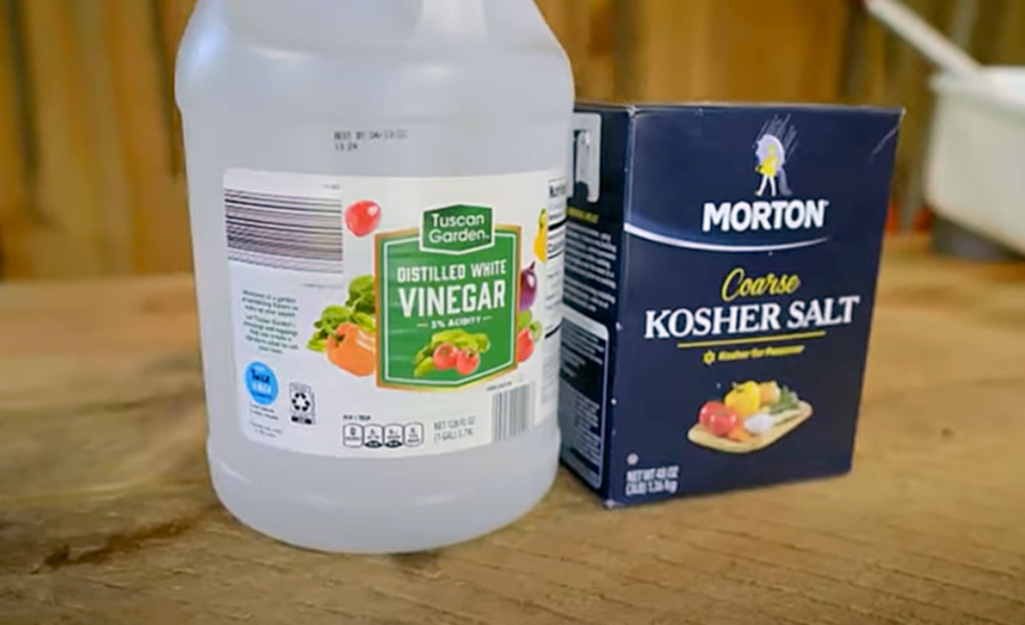
The vinegar and salt method works best for tools with large areas of rust. This method also gets to rust you might not be able to reach with an abrasive.
- Degrease, clean and dry the tool.
- Place the tool in a container large enough to fit the entire metal part of the tool.
- Use 1/4 cup of salt per liter (around 4.2 cups) of white vinegar. Pour enough vinegar into the container to cover the metal part of the tool. Sprinkle the appropriate amount of salt, according to the above ratio, evenly over the surface.
- Tools that are too large to fit in a container can be wrapped in a cloth soaked with vinegar and sprinkled with salt, then put in a plastic bag.
- The vinegar-and-salt mixture needs time to break down the rust. This can take anywhere from one to three days.
- Check the tool periodically to see if the rust has softened.
- Once the rust has softened, use a metal brush or steel wool to scrub off the surface.
- Wash, rinse and dry the tool.
Baking Soda
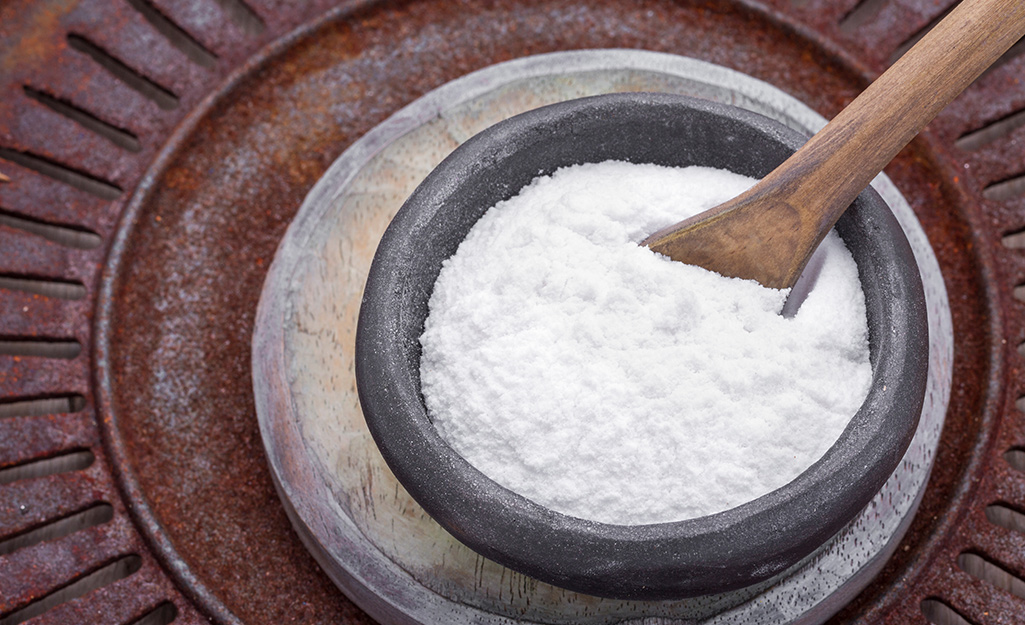
Baking soda works well for small areas of rust or rust stains.
- Degrease, clean and dry the tool.
- Pour baking soda in a bowl. Add enough water to make a paste. A one-to-one ratio of baking soda to water will typically make a good paste.
- Apply the paste to the rusted area.
- Let it sit for a couple of hours.
- Use a brush to scrub off the paste.
- Rinse with clean water and dry.
Oxalic Acid
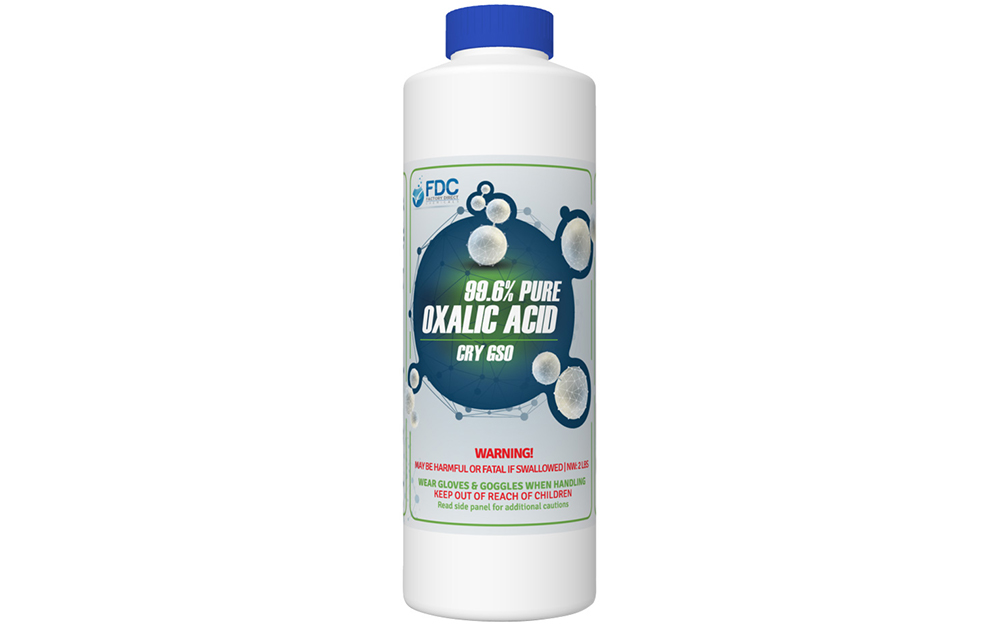
As you figure out how to remove rust from tools, sanding, vinegar and baking soda may not be successful. If none of the other methods work for rust removal, oxalic acid is a commercial rust remover that will dissolve rust quickly. You will need to wear rubber gloves and eye protection. Use the acid in a well-ventilated area.
- Degrease, clean and dry tools.
- Put on your goggles and rubber gloves.
- Add one gallon of water to a container large enough to hold your tools.
- Add three tablespoons of oxalic acid to the water. Mix carefully and avoid splashing the acid onto yourself or the surrounding work area.
- Place the rusted tools into the mixture. Allow the tools to soak for 20 minutes, or according to the product directions.
- Rinse away the rust and remaining acid in water. Dry thoroughly.
Rust Prevention Methods
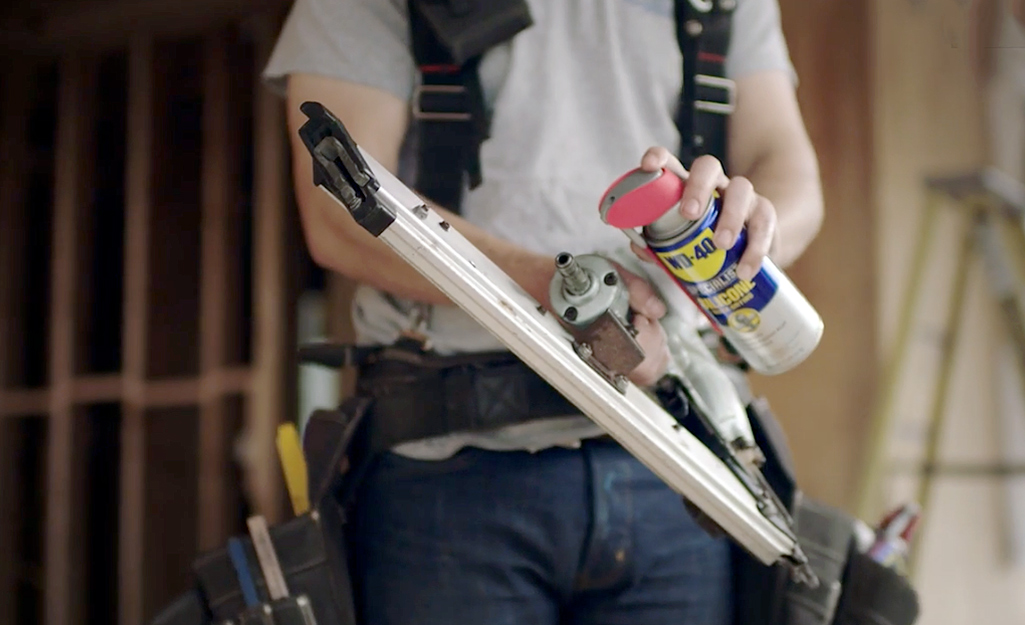
Rust can be prevented by not allowing water or moisture to stay in contact with metal surfaces. You can do this by thoroughly cleaning and drying tools after each use.
Apply a protective coating onto the metal before putting the tools away. The best protectant is a thin, multi-use oil or lubricant.
- Keeping metal tools dry and out of the elements can further reduce the odds of rust appearing.
- Use a corrosion inhibitor spray. It will prevent rust from forming on tools, and you'll be able to keep tools rust-free longer.
- Rust may also affect power tools. Keeping your power tools clean can help stop them from rusting. When you’re done using them, make sure they are unplugged. Then use a cloth or rag to wipe them off. Every now and then, clean them more deeply with a damp rag.
- Adding a lubricant to the moving parts of your power tools can also help ward off rust. Check the owner’s manual for each tool to see what kinds of products can safely be used on them.
Tool Storage Tips
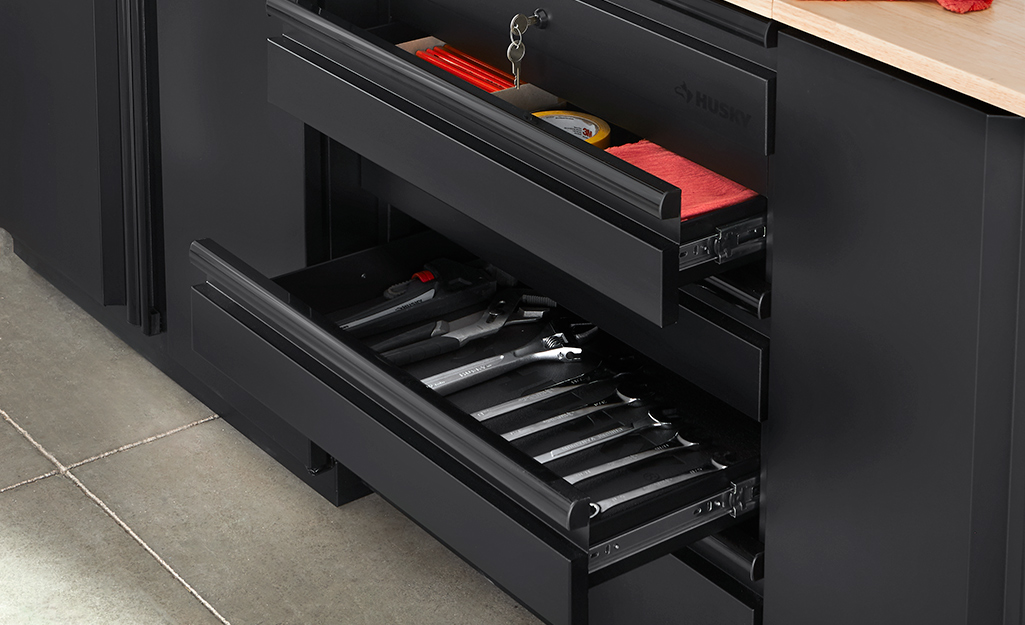
Storing your tools properly can help keep them from getting rusty. Tools should be kept in a location with low humidity. A garage or a damp basement may not be the best place for them. Check the humidity in your workshop. If the humidity is high, you can use a dehumidifier to lower it. Finding another place to keep your tools is also an option.
Yard tools can get wet while you’re using them. Hanging them up after you’re done keeps them off the wet ground and gives them a chance to dry off.
As you figure out how to clean rusty tools, you may need to try several approaches.
Household items like baking soda and vinegar could be just the thing you need for lightly rusted tools. However, for tougher rust removals, you may need to use sandpaper or an acid. Keeping your tools rust-free will improve their performance and extend their life. If you don't want to worry about how to get rust off tools, then a good rule of thumb is to clean them regularly and protect them with suitable storage.
Need supplies to remove rust from tools? The Home Depot delivers online orders when and where you need them.


























